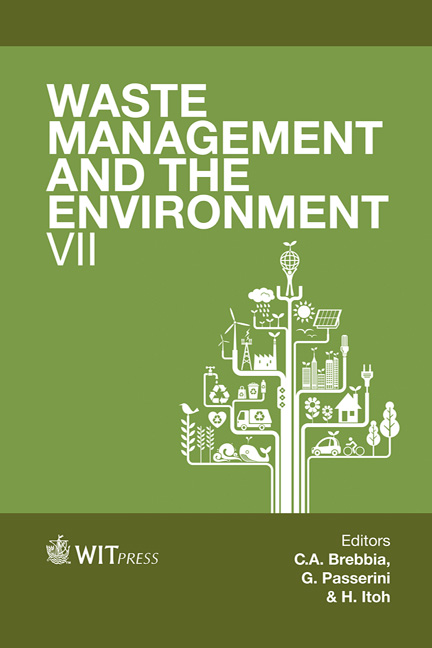The Long-term Effects Of Nuclear Accidents
Price
Free (open access)
Transaction
Volume
180
Pages
12
Published
2014
Size
1108 kb
Paper DOI
10.2495/WM140311
Copyright
WIT Press
Author(s)
R. Sjöblom
Abstract
The purpose of the present paper is to present some examples, based mainly on Swedish work, of late effects of nuclear accidents together with their implications and possible remedies, or absence of need for remedies. It took six years after the Three Mile Island accident before it was realized that the core was partially converted into very corrosion resistant corium which was distributed throughout the reactor system in the form of fines. It is essential that techniques for removal of such debris be developed for the Fukushima plant in order for large areas to become accessible. The ability of caesium-137 to bind irreversibly to soil material is essential in conjunction with ploughing, since it will not only imply self-shielding but also that caesium-137 is hindered from entering the groundwater as well as plants. Disposal of top soil material may be greatly facilitated if such immobilization can eliminate the need for a top seal. However, such operations are irreversible, and knowledge of the long-term properties of the soil material must be available before any decisions can be made. Thus, previous experience, especially on the long term behaviour is essential. Such long-term results are available in Sweden from tests started already in the early 60's. The issues have been studied in substantial detail since the level of protection has been much higher in Sweden than e. g. in Japan. Otherwise, the total fallouts are comparable in magnitude with Sweden receiving around 5% of the total from Chernobyl, and Japan receiving from Fukushima what corresponds to about 8 % of that from Chernobyl, all figured as caesium-137. The distribution is much more concentrated in Japan, however. The major need for protection in Sweden relates to ash and reindeer in which areas Authority restrictions still apply. Even modest levels of caesium-137 in the bio-fuel may lead to levels in the ash that warrant consideration. Keywords: Sweden, long-term, Chernobyl, Fukushima, caesium-137, ash, immobilization, corium, fuel debris, ploughing, landfilling, disposal.
Keywords
Sweden, long-term, Chernobyl, Fukushima, caesium-137, ash,immobilization, corium, fuel debris, ploughing, landfilling, disposal.





